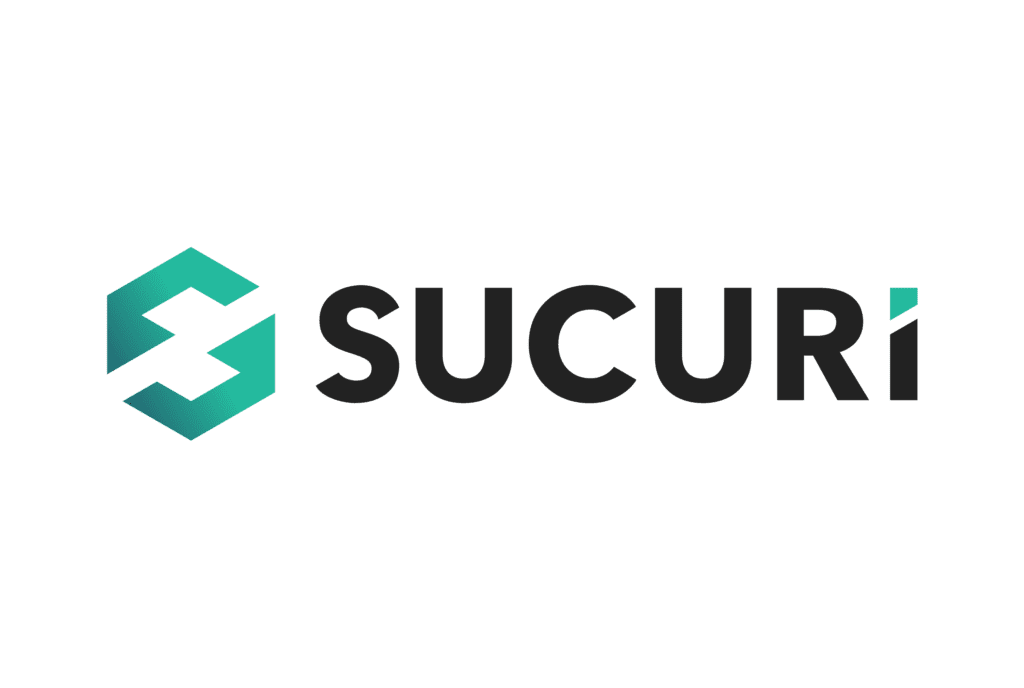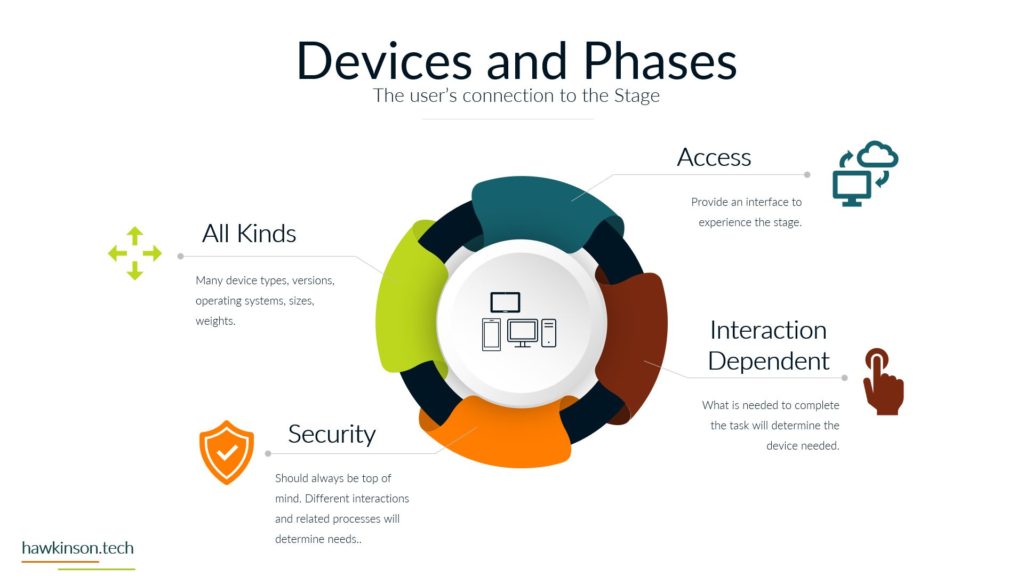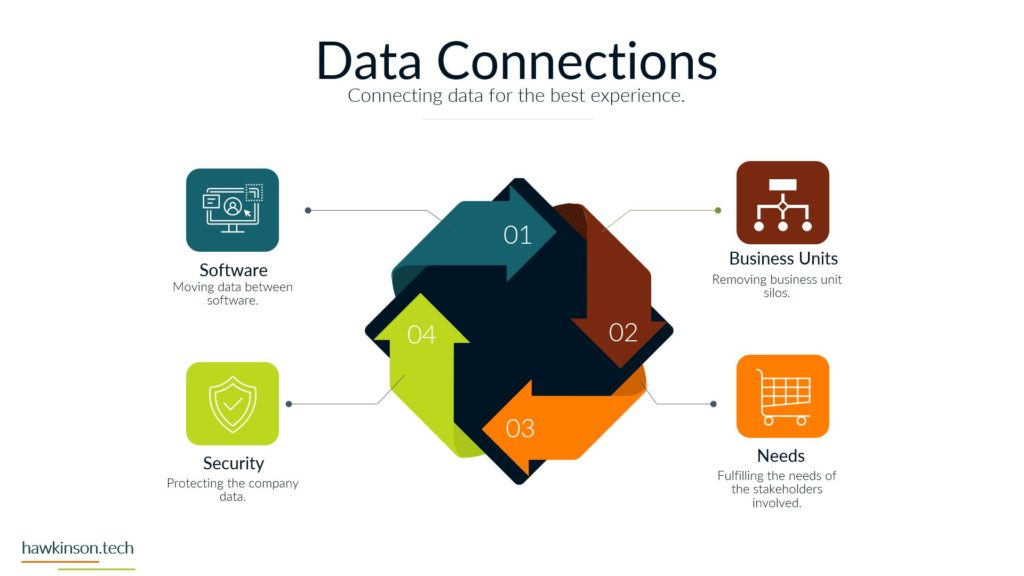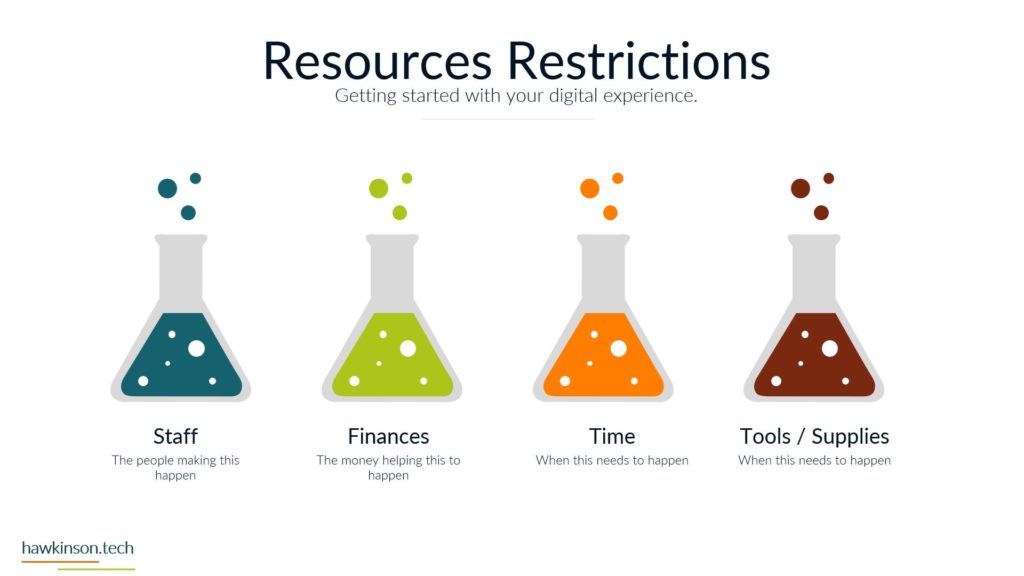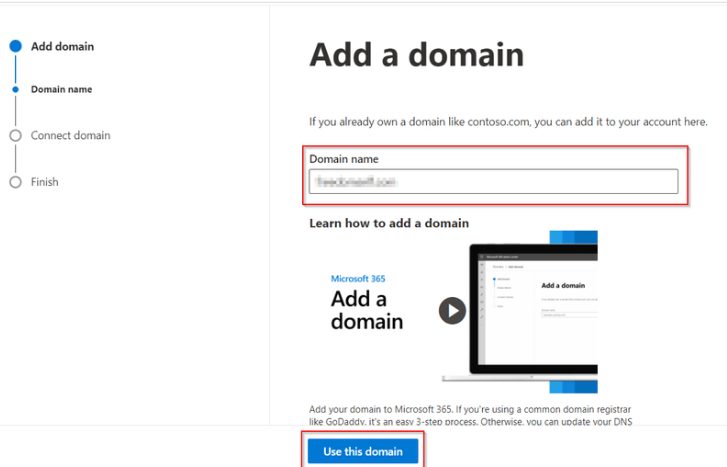It is essential to take security seriously. Your website, company, and reputation were built over time, yet an unforeseen hacker may take them down in seconds.
A WordPress plugin called iThemes Security Pro was developed by IT professionals with expertise in WordPress and network security. Simply put, iThemes Security Pro’s goal is to ensure that only you and other employees have entry to your dashboard and may interact with its contents.
Key features
Kadence theme
The only theme available on iThemes is the Kadence Theme, as all previous themes have been withdrawn. Fortunately, a multipurpose theme makes it possible to build practically any website using WordPress and is highly configurable. Since Kadence Theme is so adaptable, it may work well for your website, even if iThemes only offers one WordPress theme.
Editable Page Components
You may add a variety of editable parts to your pages with iThemes. Many categories are available, including feature presentations, hero sections, questionnaires, and pricing tables.
More Features
- Two-factor authentication
- Brute Force
- Database backups
- Malware scanning
- Training content












